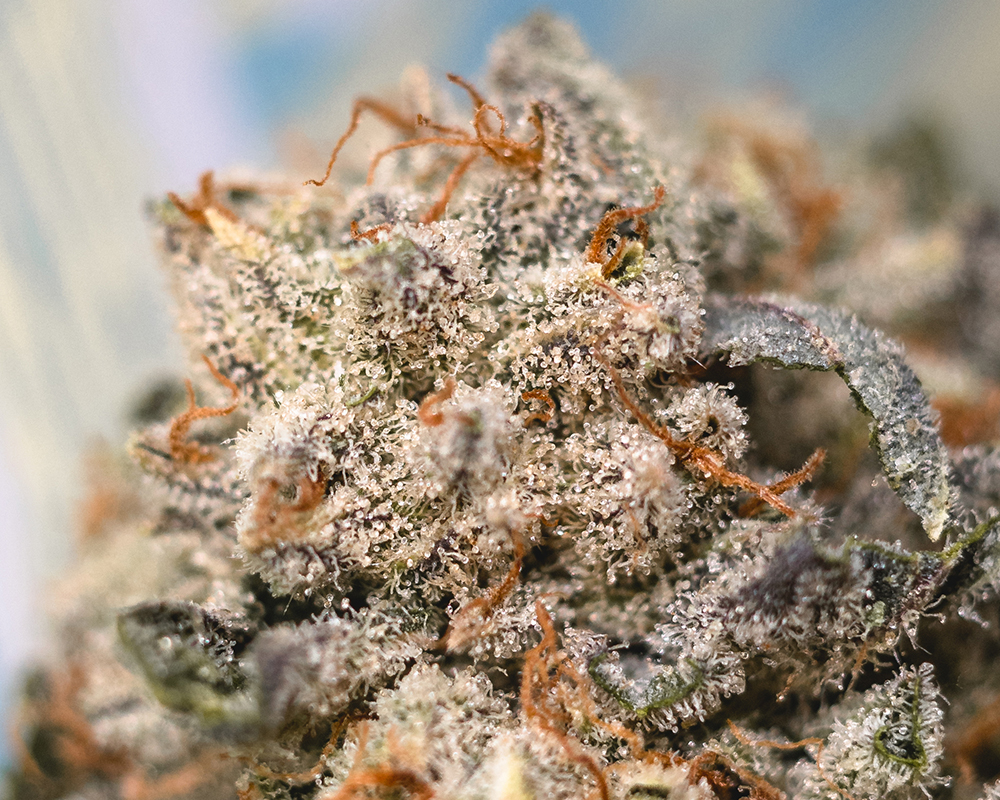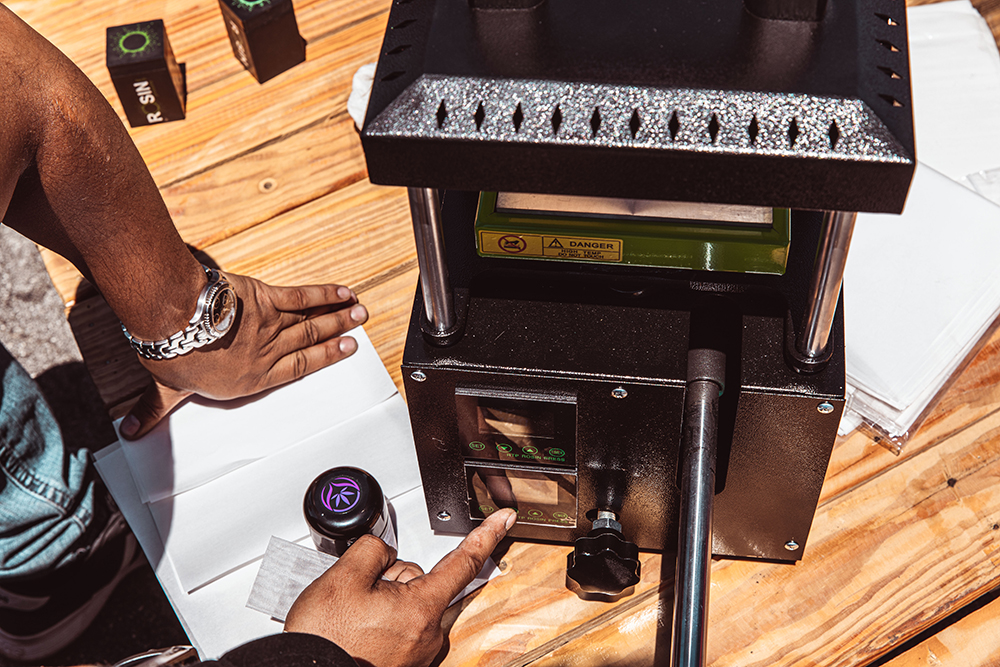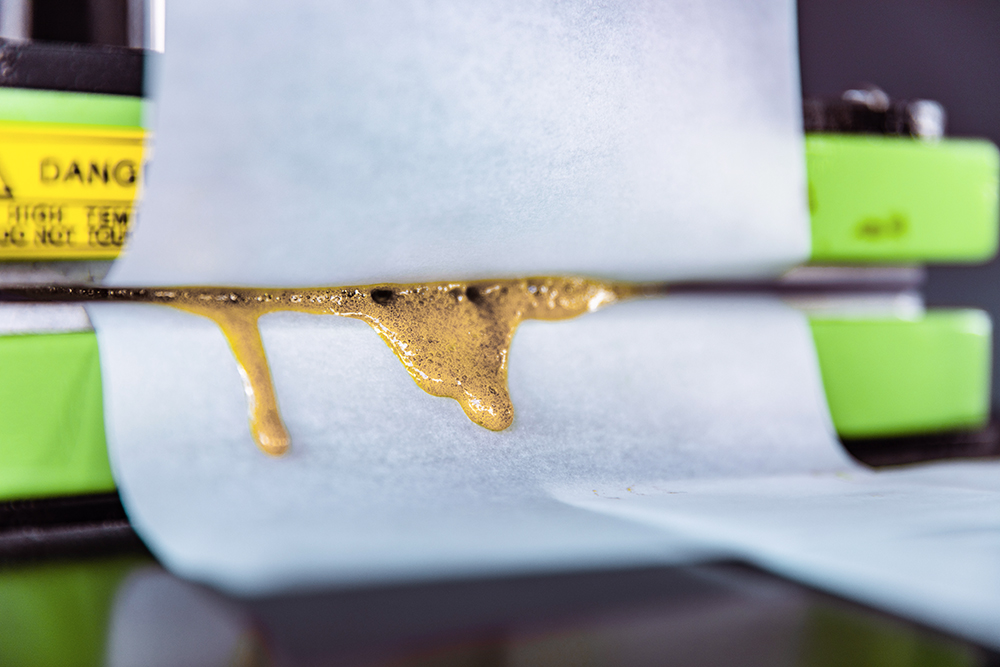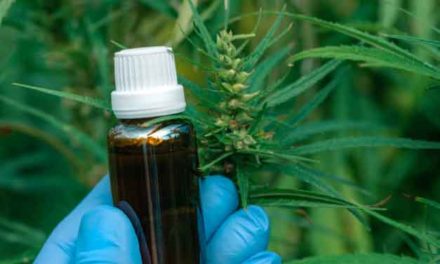Take your homemade extracts to the next level with our top rosin press tips!
Rosin making may be a simple enough process, but it does require some nuance in order to produce the best results. Once you’ve mastered the basic process of making rosin, it’s time to take things to the next level with some more advanced techniques. Here’s our top five tips for making better rosin.
1. Starting Material Matters
The old saying “you get out what you put in” couldn’t be more applicable to rosin extraction. Obviously, the higher the grade of cannabis you use to make rosin from, the better the final results, and this is certainly true of pressing dry sift or bubble hash too. Simply using a higher grade of hash is an easy way to improve your rosin.

However, when pressing flower, there are aspects beyond quality that need some consideration. Principally, freshness and moisture content of your bud will affect your rosin the most. Surprisingly, fully dried bud isn’t the best starting material for making flower rosin. Fresh uncured cannabis that has been frozen almost immediately after harvesting is the most desirable candidate, thanks to its higher cannabinoid and terpene content. The moisture in fresh bud also acts as a buffer to help release more oils, instead of them being sucked up like a sponge by the dry plant material of cured bud.
So, if you’re looking to improve your flower rosin game, it’s time to check out live rosin extraction.
2. Rosin Press Time and Temperature
Of all the aspects of rosin making, setting correct pressing times and temperatures are the most critical to getting good results. It’s also the area that’s most open to experimentation and debate. Dialling in the perfect settings is an art in itself, so whether you go low and slow, high and fast, or somewhere in between; understanding how these two parameters affect quality and yield is critical to improving your rosin.

3. How Much Does Pressure Really Matter?
There’s a misconception in rosin making that having a huge, super powerful press is the secret to better rosin, but this simply isn’t the case. While yes, a large press gives commercial producers extra capacity to make more rosin with each press, outright power isn’t particularly important.
Just like time and temperature, setting correct pressure is a nuanced affair. Too little force will be insufficient to drive out oils, but too much will lead to blow outs, where plant material leaches into your concentrate.

The pressure range for rosin sits roughly between 300 and 1000psi. Flower tends to require more force and likes the upper range of 600 to 1000psi, whereas dry-sift or bubble hash prefer the lower end of the scale at 300 to 800psi.
Ultimately what pressure to use will vary from press to press. Differing pressures will also have a knock-on effect for time and temperature settings, so it’s important to experiment with these three variables if you want to improve your rosin.
4. Micron Filter Bags
Filtering also has a big impact on rosin quality and yields. Generally speaking, the smaller the micron rating of your bag the higher the quality of rosin produced, but at the expense of yield. This is because finer micron values only allow resin packed trichome heads to pass through them, leaving behind larger, lower grade particles.

You can either try to strike a balance between potency and yield with a larger micron rating, or you can specifically target the premium trichomes with a super fine mesh. However, there’s always going to be a trade-off between the two. Check out our guide on how to choose filter bags here, or watch our video on how to pick and pack filter bags.
5. Cooling off: How to Stabilize Rosin
Once you’ve improved your rosin making process, there’s one final step to maximize the longevity of your concentrate. And that’s to stabilize your rosin with some cold temperatures.
As rosin is a collection of volatile oils which can degrade very quickly, it’s important to add a final step to your rosin making in order to preserve as many of these oils as possible. The great thing is, it takes very little time to complete. Simply place your pressed rosin in the freezer for a short period. As little as 10 to 15 seconds of cold should be sufficient to stabilize your rosin, especially if it has a more liquid consistency. This will ultimately increase the lifespan of your rosin by reducing its volatility when it comes into contact with the air.






Trackbacks/Pingbacks